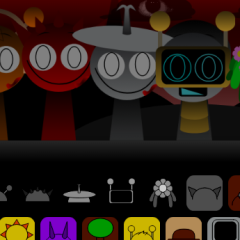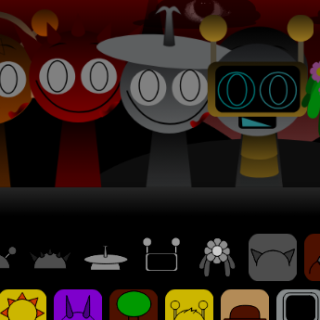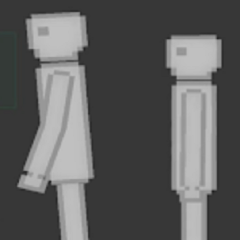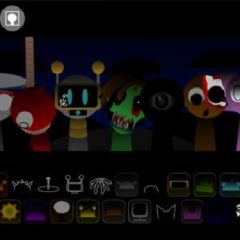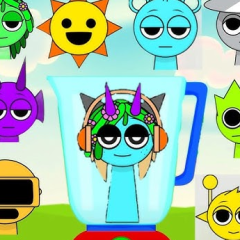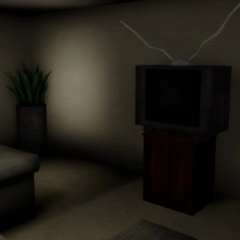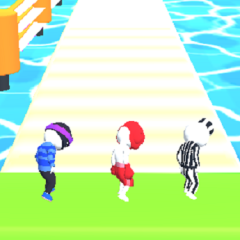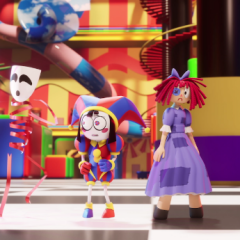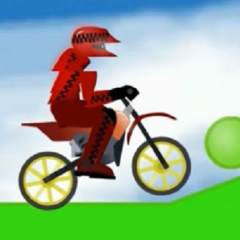Sprunki Wenda Treatment is a short, experimental game built around routine, interaction, and tension. The game takes place inside a medical setting, where the player is assigned a task involving the character Wenda. Through a sequence of repeated actions, the player follows instructions delivered through prompts, machines, and occasional voice cues. The focus of the game is not on traditional objectives but on how players respond to repetition, uncertainty, and shifts in behavior.
Gameplay Cycle and Interaction
Each session begins in the same way: the player is placed in front of a device or patient and is expected to perform simple inputs. As the player progresses, the feedback starts to shift, and new instructions become less clear. Some tasks are timed, while others wait for a trigger. The pacing is slow, and the changes are subtle, pushing players to observe closely and question the purpose of what they are doing. Failure is not presented clearly, and most outcomes are based on consistency or deviation.
Core Elements and Game Features
Sprunki Wenda Treatment includes the following systems:
· A repeating loop structure with minor changes over time
· Input-based interactions using buttons, levers, and simple mechanics
· Audio cues tied to task confirmation or disruption
· Environmental feedback based on timing and accuracy
· Visual changes that escalate as treatment sessions continue
These elements work together to maintain a feeling of control while gradually reducing the player’s certainty.
Sound, Design, and Presentation
The design uses minimal visuals and low-saturation color palettes. Most of the environment is rendered in still frames or with very limited animation. Audio plays a significant role, with clinical beeps, background humming, and occasional dialogue forming the primary communication tools. There is no visible character control beyond simple first-person input, and the space itself remains largely unchanged throughout the experience. This reinforces a sense of isolation and ritual.
Ending Structure and Replay
The game contains a few possible outcomes, but reaching them depends on how the player interacts with the system over time. Some endings are passive, triggered by lack of interaction or repeated incorrect behavior. Others require following instructions precisely for several rounds. Sprunki Wenda Treatment is not built for long-term play but can be revisited for different outcomes. It is typically completed in under 20 minutes but offers replay value through alternate sequences and hidden changes.

